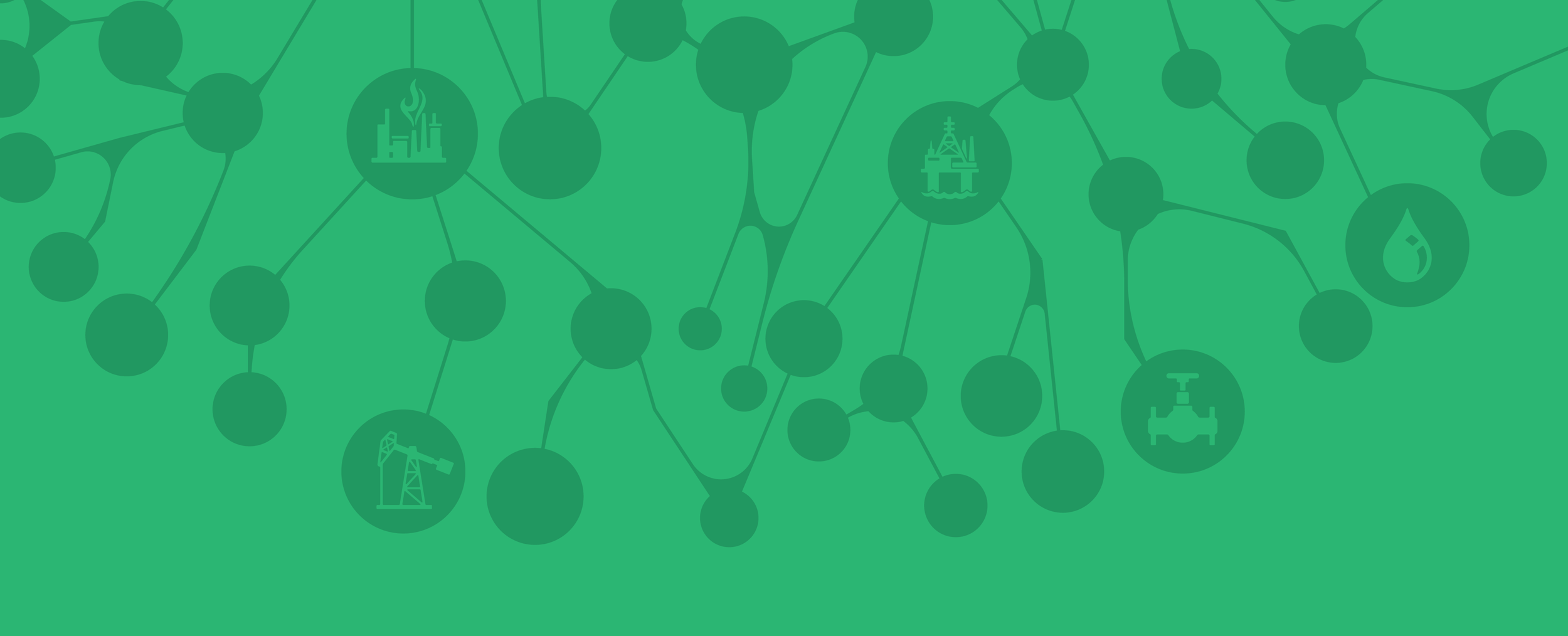
Are You Ready to Fuel Your Mind?
GATE Energy was founded with the mission of doing things right the first time. This simple yet powerful mission drove us to build processes and systems that have allowed us to hire, train, and develop graduate engineers into industry recognized subject matter experts and thought leaders.
Our Technical Blog Gives You Access To:
On-demand training videos developed by our industry experts
Easy-to-use simulation tools that will provide an 80-20 solution for typical production monitoring and optimization workflows
Technical articles and abstracts centered around energy industry knowledge and lessons learned
We want to do our part and make sure that new decision makers have the right tools, guidance, mentors, and coaches to help them make the right decision the first time, every time.
GATE Prho™ Simulator
Through recognizing our clients’ needs, our engineering expertise, and our proprietary in-house GATE Prho™ software engine, we provide customizable, cost-effective, easy-to use software tools to deliver better client outcomes quicker.
Online Course: Fundamentals of Single-Phase Fluid Flow
This course will cover: Single-phase flow fundamentals, application examples in oil and gas industry, how to perform calculations, and modeling best practices.
Online Course: Single-Phase Flow Modeling
This course contains application examples of single-phase fluid flow in oil and gas industry and step-by-step modeling.
Online Course: Fundamentals of Multiphase Flow
This online course gives an overview of multiphase flow, how multiphase flow is different from two phase flow, the importance of understanding multiphase flow and the factors that influence multiphase flow.
Integrity Management Plan Pitfalls & Best Practices
This article will outline the challenges during integrity management, and the best practices that ultimately deliver a coordinated, effective, and cost-optimized IM plan.
Blockage Remediation Part 1: Blockage Characterization & Detection
This series of two articles discusses the diagnosis, detection and remediation of oil and gas production system blockages in detail. The current issue focuses on blockage characterization and detection.
Liquid Loading In A Horizontal Shale Gas Well: Prediction, Prevention & Remediation
This GATEKEEPER article focuses on the prediction, prevention and remediation of liquid loading, including discussion of liquid loading analysis.
Wax Management Strategy Part 2: Wax Deposition Modeling
The objective of this GATEKEEPER is to provide a high-level overview of the model commonly used in the industry to estimate the wax deposition.
Wax Management Strategy Part 3: Design, Development & Maintenance
The design and development of a viable, robust wax management strategy relies upon the economical evaluation of available management techniques.
Wax Management Strategy Part 1: Establishing Initial Wax Risk
Wax management strategies developed during Front End Engineering Design (FEED) can mitigate or perhaps even prevent these costs. The goal of this GATEKEEPER series is to provide high-level insight into the planning, execution, and maintenance of wax management strategies.
Practical Guidelines for the Diagnosis and Remediation of Pipeline Blockages
One of the primary flow assurance challenges in the production of hydrocarbons is the prevention of pipeline blockages.
When To Use Computational Fluid Dynamics In Flow Assurance Studies
As new industry challenges arise, a new approach to multiphase analysis called Computational Multiphase Fluid Dynamics (CMFD) has appeared as a possible solution.
Corrosion Modeling: Influencing Factors
This GATEKEEPER will discuss the basic factors influencing corrosion modeling, while a later installment will elaborate on the different corrosion models available and their respective advantages and limitations.
Slugging Management
Proper sizing of the flowlines and risers coupled with optimal choking and gas-lift will greatly reduce the risk of slugging and help in efficient management of slugs throughout the life of the field.
Paraffin Wax: Formation, Mitigation Methods & Remediation Techniques
Paraffin precipitation and deposition in flowlines and pipelines is an issue impacting the development of deepwater subsea hydrocarbon reservoirs.
Pipeline Pigging Part 2: In-Line Inspection For Metal Loss
In this paper, the most commonly used In-Line Inspection (ILI) techniques, methodology and limitations applicable to detecting metal loss and wall thickness measurements are presented.
Pipeline Pigging Part 1: Cleaning Pigs & Pigging Strategy
This paper is the first part of a two part series and presents an overview of pig selection criteria for cleaning and maintenance of the pipelines, and covers high level guidance on establishing a progressive pigging strategy.
Hydrates: Prediction, Mitigation & Remediation Techniques
In subsea oil production systems, hydrate mitigation methods during steady state operation are almost always based around heat conservation.
Corrosion Modeling Of Sweet Flowlines Part 1: Techniques
CO2 corrosion modeling is a common practice to evaluate carbon steel flowlines and piping, both with and without inhibition, to ensure they achieve their intended design life. Modeling is also used to help determine if a corrosion resistant alloy should be used and can also be utilized to determine corrosion allowance and inhibition requirements.






